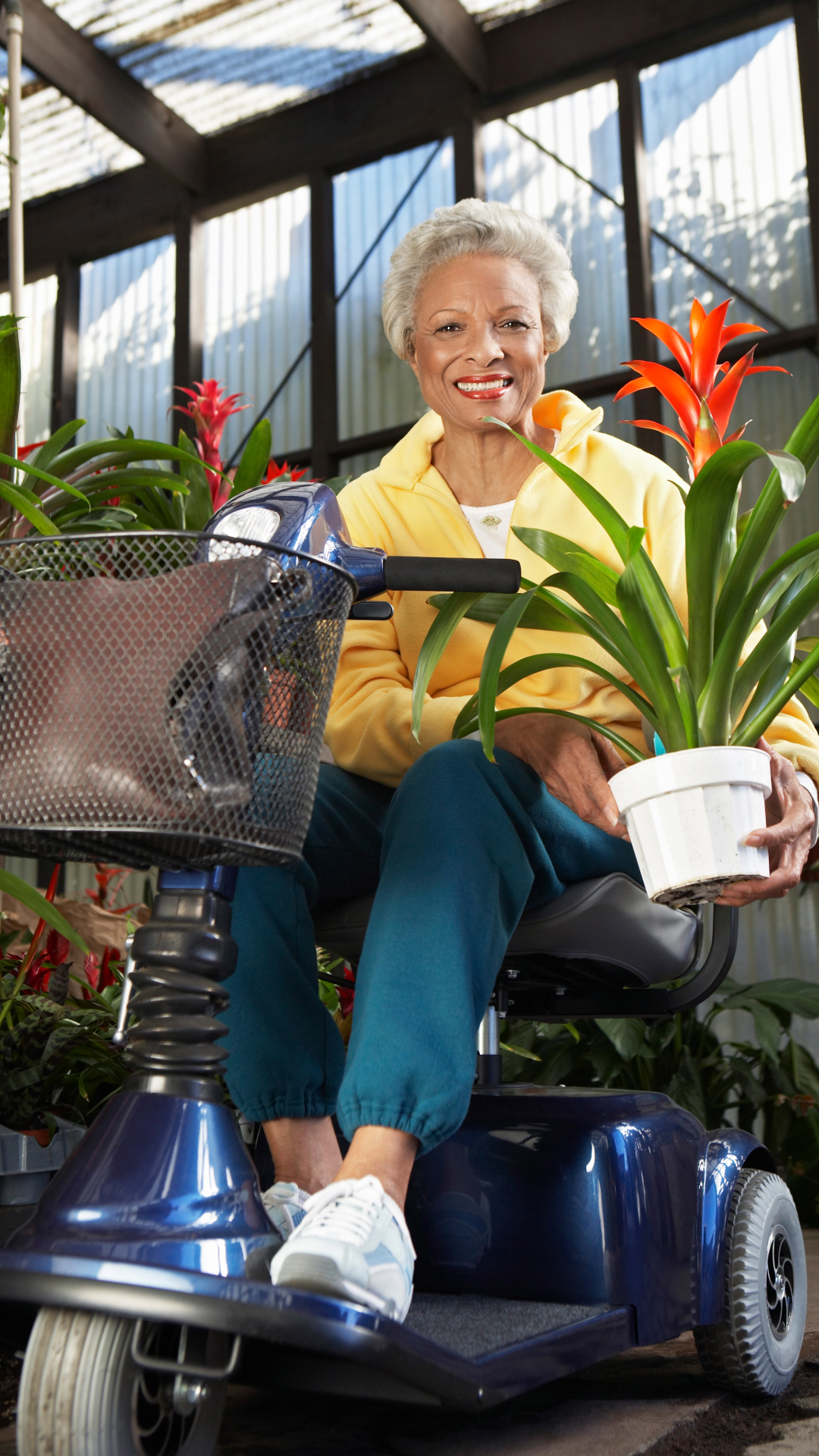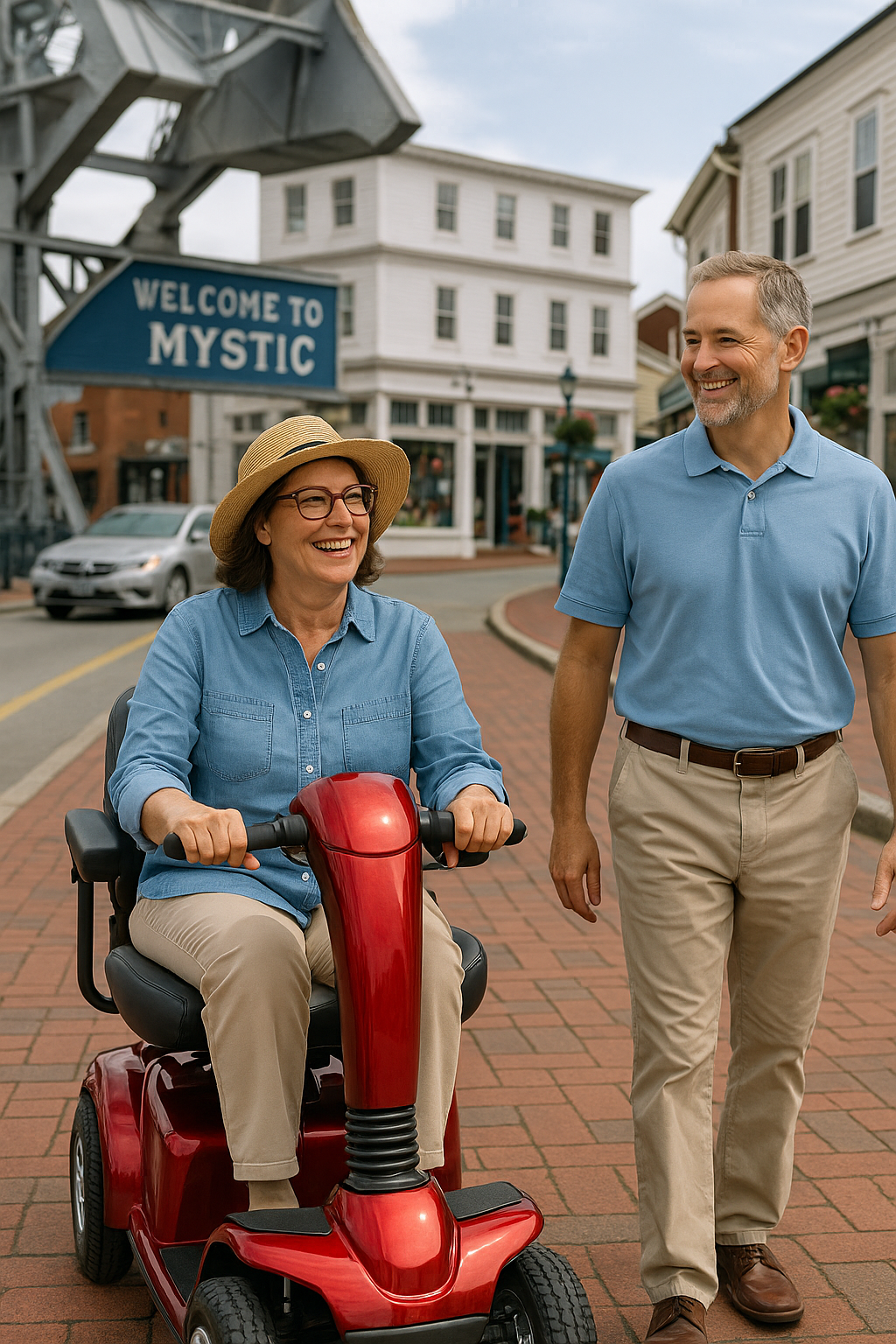Maintaining mobility becomes critical to preserving independence and quality of life as we age. For many senior citizens, traditional mobility aids like canes, walkers, and manual wheelchairs may not provide the convenience and freedom they desire. Electric scooters have emerged as a popular alternative, offering a blend of comfort, ease, and modern technology. But are they the right choice for everyone? Let’s explore the advantages and disadvantages of using an electric scooter for senior citizens with mobility issues.
Advantages of Electric Scooters for Seniors
- Enhanced Mobility and Independence
Electric scooters significantly improve mobility, allowing seniors to move around indoors and outdoors more freely. This increased independence can positively impact their mental health, reducing feelings of isolation and boosting self-esteem.
- Ease of Use
Most electric scooters are designed with user-friendliness in mind. They come with simple controls, comfortable seating, and easy steering, making them accessible even for those with limited dexterity or strength.
- Comfort and Convenience
Modern electric scooters are equipped with features like padded seats, adjustable armrests, and ample legroom, ensuring a comfortable ride. Many models also have baskets or storage compartments, which can be convenient for carrying personal items or shopping bags.
- Safety Features
Safety is a top priority for electric scooter manufacturers. Many scooters come with features like anti-tip wheels, seat belts, headlights, and rearview mirrors, enhancing safety for elderly users. Some models also have speed control settings to prevent the scooter from going too fast.
- Cost-Effective Mobility Solution
Compared to other mobility solutions, such as powered wheelchairs, electric scooters are often more affordable. They also require less maintenance and have lower operating costs, especially if they are battery-operated.
Disadvantages of Electric Scooters for Seniors
- Limited Accessibility in Certain Areas
While electric scooters are great for smooth, flat surfaces, they can struggle on uneven terrain, steep inclines, or in areas without proper accessibility features like ramps. This limitation can restrict where seniors can go.
- Battery Life and Charging
Electric scooters rely on batteries that need regular charging. Battery life can vary depending on the model, and a depleted battery can leave a senior stranded. Ensuring regular charging and managing battery life can be a hassle for some users.
- Storage and Transport
Electric scooters can be bulky and heavy, making them challenging to store in small living spaces or transport in a vehicle. While some models are foldable, they may still be too cumbersome for some seniors to handle on their own.
- Learning Curve
Although electric scooters are designed to be user-friendly, new users can still experience a learning curve. Seniors might need time to get used to the controls and feel confident in safely maneuvering the scooter.
- Initial Cost
While electric scooters are generally cost-effective in the long run, the initial purchase price can be a significant investment. It’s important for seniors and their families to consider this expense and explore possible insurance or funding options.
Electric scooters offer numerous benefits for seniors with mobility issues, from enhanced independence and ease of use to comfort and safety. However, they also come with challenges, such as limited accessibility in certain areas, battery maintenance, and storage concerns.
At Scooter A Long, we believe in empowering seniors to make informed decisions about their mobility needs. If you’re considering an electric scooter for yourself or a loved one, we’re here to help you navigate the options and find the perfect fit. Contact us today to learn more about our range of electric scooters and how they can enhance your quality of life.
Scooter A Long – Helping You Stay Mobile and Independent
Your trusted partner in mobility solutions.




